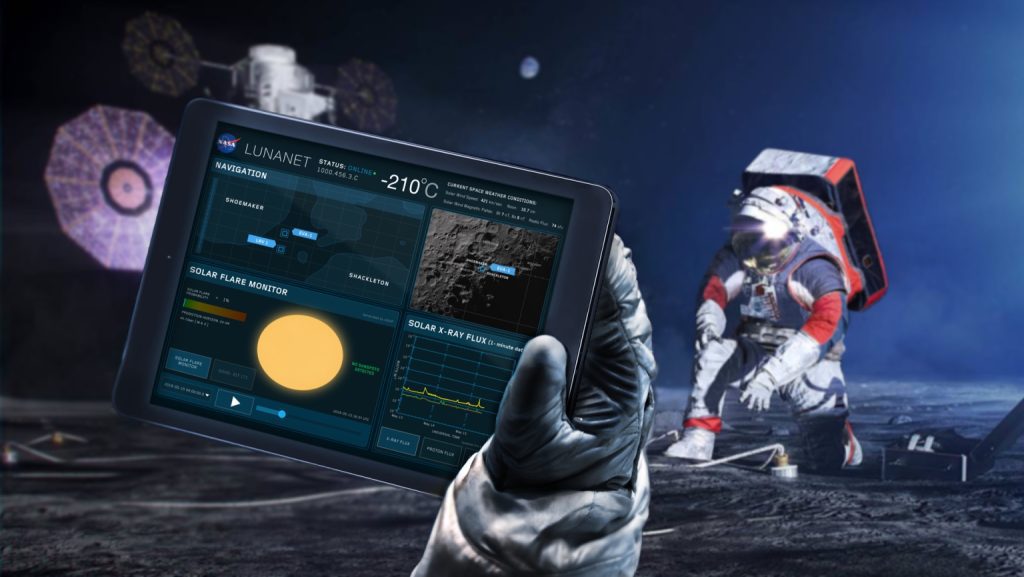The White House has told NASA to create a new way of measuring time for missions to the moon in order to enhance navigation and related services in that area.
The Policy on Celestial Time Standardization in Support of the National Cislunar Science and Technology Strategy, released by the White House’s Office of Science and Technology Policy April 2, instructs NASA to develop a plan by the end of 2026 to establish Coordinated Lunar Time (LTC), a new time standard based on Coordinated Universal Time (UTC) on Earth but adjusted for use on the moon.
“As NASA, private companies and space agencies around the world launch missions to the Moon, Mars and beyond, it’s important that we establish celestial time standards for safety and accuracy,” Steve Welby, OSTP deputy director for national security, said in a statement.
The policy points out that simply using UTC in cislunar space is not precise enough for operations, as a second on the moon is different from one on Earth due to relativistic effects. This difference, although imperceptible for most applications, presents challenges for navigation and related activities requiring high precision.
Although this difference is mostly unnoticeable, it poses challenges for navigation and related activities where accuracy is crucial, such as space situational awareness and proximity operations.
“A consistent definition of time among operators in space is critical to successful space situational awareness capabilities, navigation and communications, all of which are foundational to enable interoperability across the U.S. government and with international partners,” Welby said.
The policy outlines four main requirements for LTC: traceability to UTC, accuracy for precision navigation and science, resilience to loss of contact with Earth, and adaptability to environments beyond cislunar space.
The policy does not offer much technical guidance on how to establish a lunar time standard, but it suggests using a network of atomic clocks, similar to how terrestrial time standards are set. “Just as Terrestrial Time is set through an ensemble of atomic clocks on Earth, an ensemble of clocks on the Moon might set Lunar Time,” it states.
Aside from presenting a finalized plan for a lunar time standard to the White House by the end of 2026, the policy also requires NASA to include this topic in its annual review cycle of its Moon to Mars Architecture, which it unveiled almost a year ago and updated earlier this year. NASA will collaborate with multiple other agencies, including the Departments of Commerce, Defense, State, and Transportation, on the lunar time strategy.
NASA has been developing a concept called LunaNet to offer communications and navigation services on the moon using an interoperable network that could involve contributions from commercial and international entities. NASA and the European Space Agency have produced several versions of a LunaNet Interoperability Specification that talks about making a standard for timekeeping on the moon, but details about it have not been made yet.
In May 2023, the National Geospatial-Intelligence Agency (NGA) announced it was collaborating with NASA to create a positioning and navigation system for the moon. The aim, NGA officials stated at the time, was to establish a system for moon users that functions “as accurately and as safely as GPS does on Earth.” That announcement did not provide specifics on establishing a lunar time standard.









